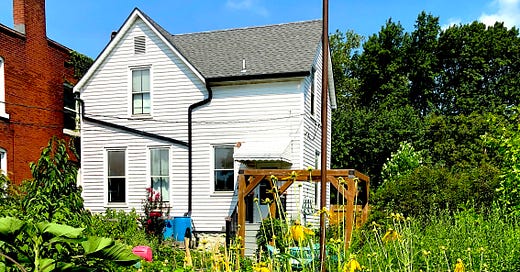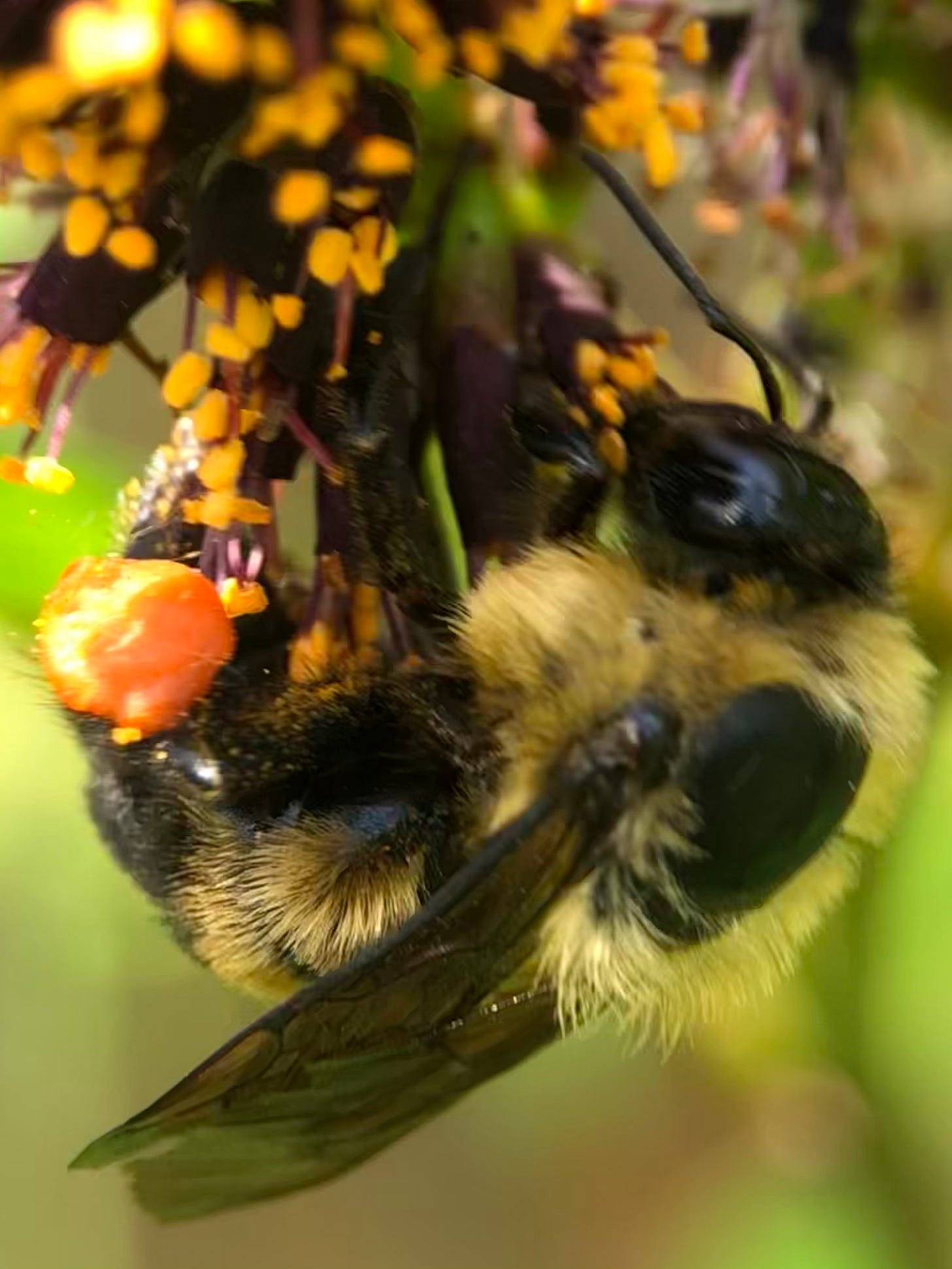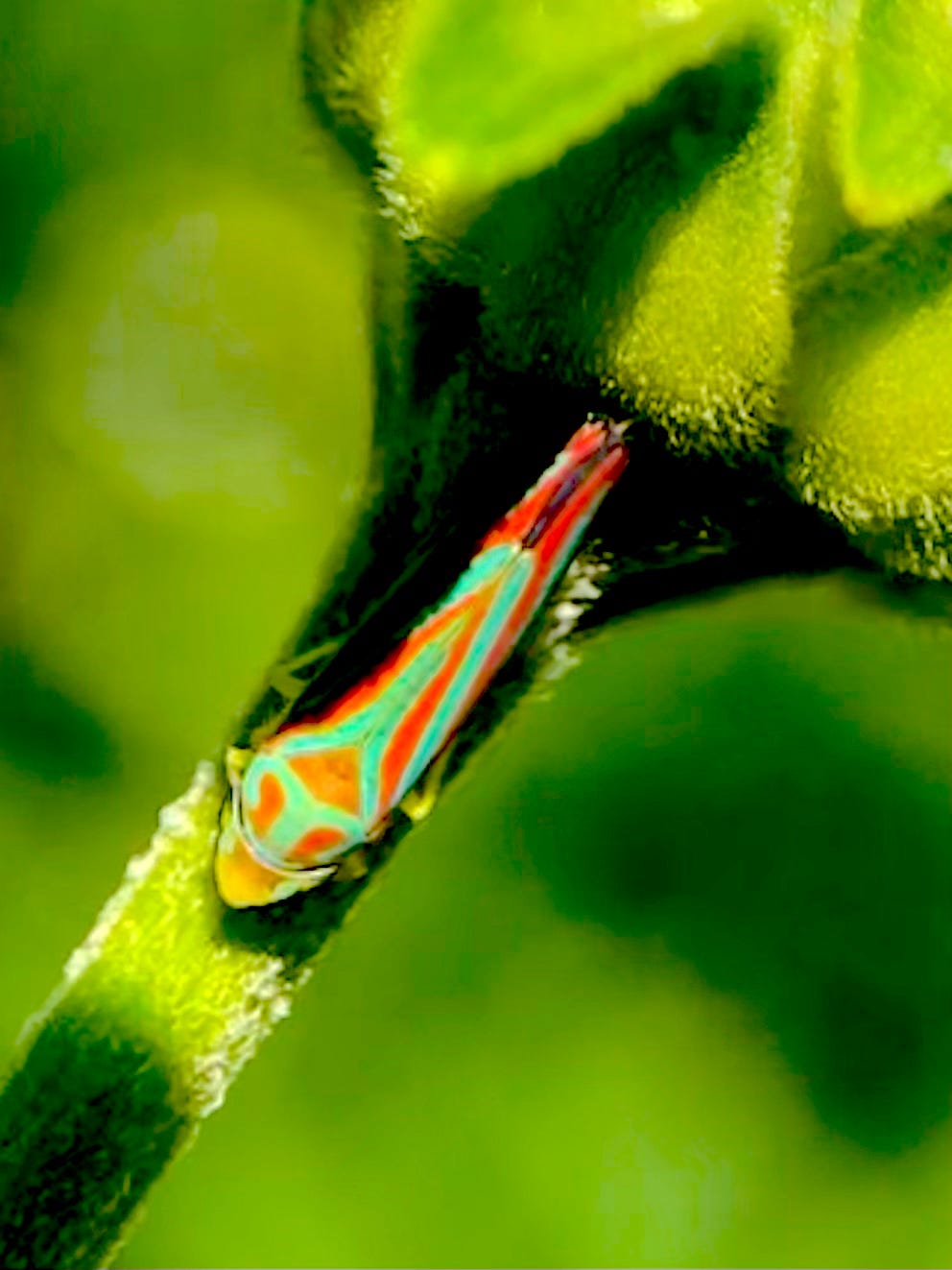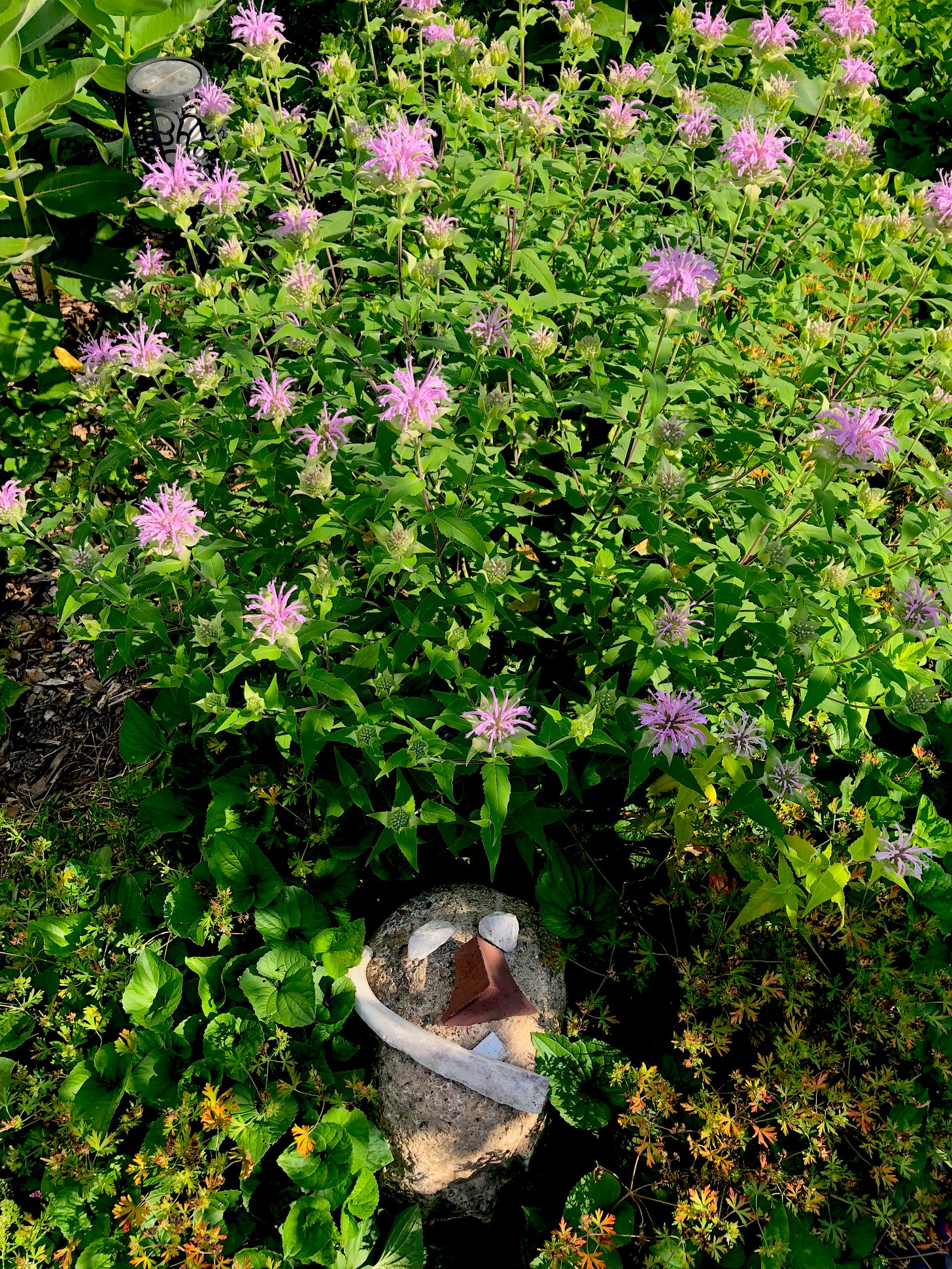The Suburb Farm is proud to introduce:
Lisa of Brunette Gardens! Publishing here on Substack has been a great experience so far, and best of all has been connecting with other gardener-writers. Lisa and Anthony are ahead of us in their journey to homestead their suburban yard, but they share our goals of living with increased self-sufficiency while respecting the environment. Their garden has won awards as an exemplary habitat and conservation space, and this summer they hosted a tour of their Missouri garden for nearly 100 native plant gardeners!
Lisa publishes frequently, and her words are informative and encouraging. A couple of my favorite recent posts covered Bat Week and the limits of green energy with a nod to The Muppets. I’m honored to be swapping guest posts with her today, and to give readers of The Suburb Farm the opportunity to read all about her beautiful suburban homestead. So without further ado, here’s Lisa to tell you the story of Brunette Gardens! — Erin
Thanks, Erin! It’s a pleasure to share our story with your readers at The Suburb Farm.
I’ll start by saying that one of the reasons we got (near) triple-digit visitors for our garden tour this summer is because we sort of burst onto the native-plant gardening scene as noobs in 2018, and in just three years’ time, we soared to platinum status! The award came from the St. Louis Audubon Society’s Bring Conservation Home (BCH) program, which assesses gardens in the program for how much they offer wildlife in terms of native flora and other features. Platinum status is achieved by less than 2 percent of gardens in the program, so I guess folks were impressed that we did it—and in so short a time.
The secret to achieving platinum status? We converted almost the entire 1/4-acre lawn into a native-plant food forest. It’s about as wildlife-friendly as you can get without actually being… wild. The garden has also been named a Monarch Way Station and a Wild Ones Pollinator Habitat.
I guess this is scary for a lot of Midwesterners, but going without a lawn is pretty common in the Pacific Northwest, where my husband, Anthony, and I met. I’m originally from St. Louis but lived out there for nearly 20 years, and it forged my gardening persona. Anthony’s father is a landscaper whose own (largely lawnless) garden was once featured in Sunset Magazine.
Native-plant gardening is a mainstream activity in the Northwest, so as soon as we decided to take on this project yard, the plan included natives. But I knew precious little about what worked here, since the climate is radically different than Seattle’s. The BCH program came to our rescue with a list of great recommendations, the first of which was to remove the honeysuckle, wintercreeper, and other invasives choking the property.

That was an arduous process, as was sheet mulching over the turf grass, which took three years. I’ve become something of a sheet-mulch evangelist and recently presented on this topic at a local gardening conference. I’ll post instructions for how to sheet mulch on our Substack soon, but here’s an FAQ on the subject.
With the invasives and lawn out of the way, we planted about 150 native trees, shrubs, flowers, and grasses between fall 2018 and spring 2021. Since we were ever budget-minded, most of these came to us free (from Wild Ones and other non-profit giveaways and seed swaps) or very inexpensively, such as a $1-per-seedling cost when you purchase in bulk with other Wild Ones members through the Missouri Department of Conservation. We simply could not have progressed so far in the BCH program (especially so quickly) without those resources.
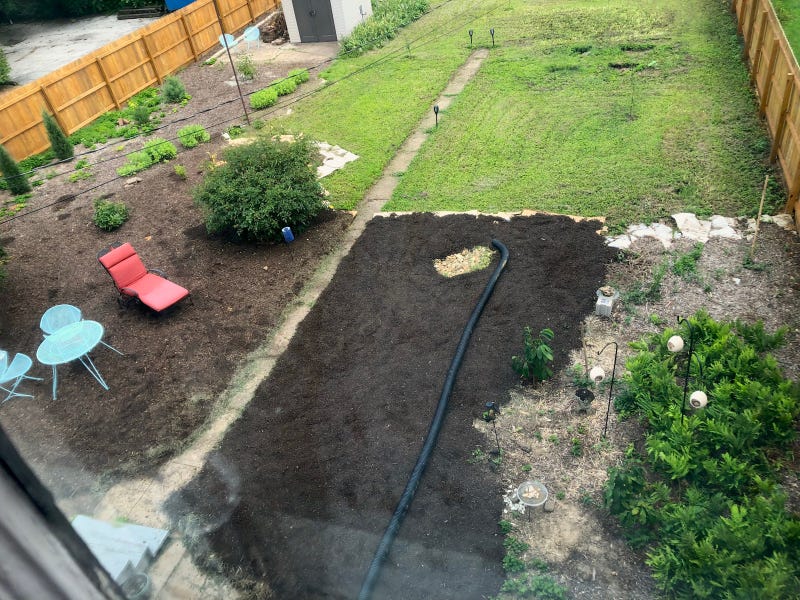
The results have been immediate and dramatic, with an incredible variety of pollinators, insects, and animals drawn to the garden, from monarch, swallowtail, and sphinx moth larvae to hanging robber flies and bats to opossums, raccoons, and (harmless and welcome) snakes. We don’t at all mind the rabbits, which nest and rear their young in our habitat. I hit upon a modular fencing solution that enables me to keep rabbits away from our food-garden plants, and it’s worth it for the joy of watching them frolic.
I volunteer with the Shutterbee program, taking photo surveys of the native bees in our garden over the summers. Since beginning the program in 2020, I’ve logged 717 observations of 25 different species. These include the endangered American bumblebee, an uncommon blood bee, and the pure green sweat bee.
Like Erin called raspberries a gateway-fruit to homesteading, studying bees as a “citizen-scientist” has made me interested in other insects as well, and I find myself out in the garden getting closeups of leafhoppers, for example.
Anthony and I are full-time small business owners and Gen Xers who might never get to retire, actually, so all of this we do on the margins of busy lives. We’re also empty nesters, so we didn’t have any help from kidlings, though my brothers helped when we were out of our league building a pergola and by pitching in with mulch-retrieval when one pickup-truckload wasn’t going to cut it. We hired experts with tools we didn’t own for the removal of an awkwardly zigzagging chain-link fence and the invasive vines growing through it. The rest we did ourselves.
So now you know you have no excuse, right? For us, gardening this way is exercise, therapy, and nature bathing all rolled into one. For me in particular, it’s a great passion, the second love of my life after Anthony and our family.
A Round of Applause
Erin again. Thanks so much for sharing your story with us, Lisa!
You all can read my story of The Suburb Farm’s journey so far over at Brunette Gardens, where I’ve written a guest post.


